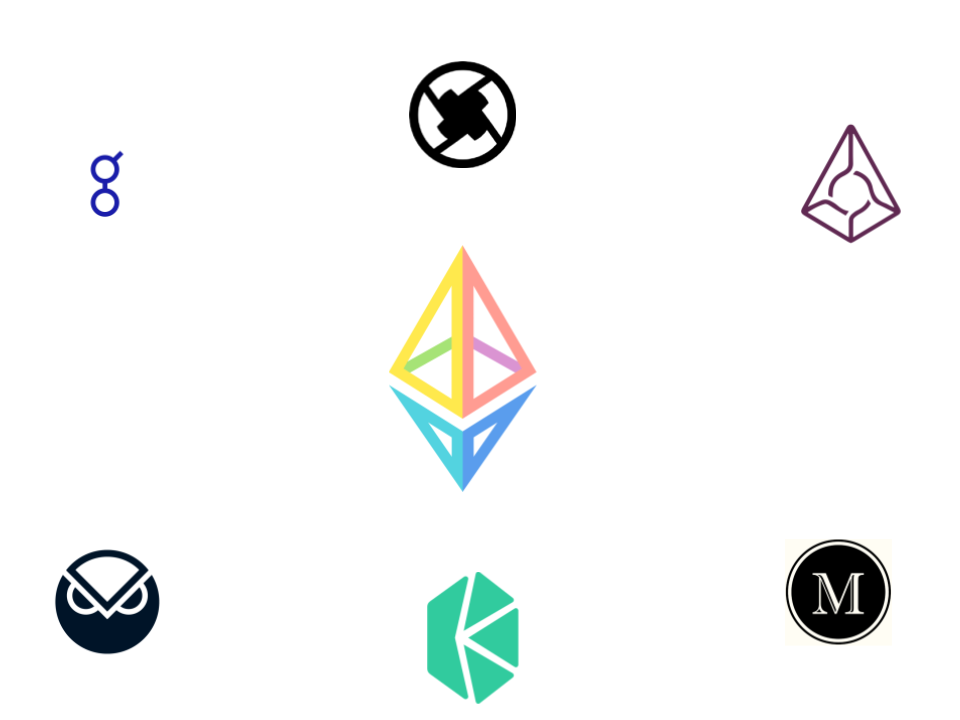
One popular narrative about 2017's ICO mania says it was fueled by naive investors duped into throwing money at projects that were either incapable or had no intention, of delivering. The utopian vision of crowdfunding capital for the development of open-source software platforms by selling crypto-assets was a dangerous pipe dream.
There is plenty of truth in this narrative, but the other side of the story often gets overlooked. The teams behind several ambitious projects have been heads down coding, shipping, and maintaining transparent communications about their work for several years. Those who purchased tokens to support these projects have experienced some staggering returns. Because of their high risk-tolerance, the global public is gaining access to a powerful suite of Ethereum-based protocols and applications.
Augur raised $5.2 million in ~1.5 months in 2015 to build the world's first decentralized prediction market, a betting platform where anyone can buy or sell shares representing the outcome of any event, and share prices reflect realistic probabilities that events will occur. Augur V1 was a functional proof-of-concept that was never expected to gain much mainstream traction. V2 just went live and introduces several improvements designed to increase adoption. Augur's REP token holders can earn a portion of market settlement fees by correctly reporting on event outcomes.
Gnosis raised $12.5 million in 12 minutes in 2017 to develop an alternative decentralized prediction market protocol. The Gnosis team focused on building tools for developers rather than delivering their own globally accessible applications. Live prediction markets like Omen, Polymarket, and Sight demonstrate the power and flexibility of Gnosis' Conditional Token Framework. The GNO token is used to generate OWL tokens which are used to pay fees on Gnosis-based platforms.
0x raised $24 million in a day in August 2017 to build a protocol for decentralized exchange of ERC-20 tokens. The 0X network has generated $1.5 billion in trading volume, 1.55 million trades, attracted 41.44k active traders, and collected $124k in protocol fees from traders. The team has also deployed a user-friendly crypto trading application, Matcha. The ZRX token can be staked to earn a portion of protocol fees and also be used to vote on 0x improvement proposals (ZEIPs).
Kyber raised $48 million in a day in 2017 to build a decentralized exchange and payment service. The Kyber Network has facilitated over $1 billion in trading volume from over 84,000 unique addresses, collected ~1,500 ETH in fees, and successfully transitioned to ownership by DAO. The KNC token can be used to earn a portion of collected ETH fees by voting on the Kyber Network's key parameters.
Golem raised $8 million in 29 minutes in 2016 to build a decentralized global supercomputer that allows anyone to sell computing time over the web. The Golem network currently boasts 112 nodes, 826 CPU cores, 1.46 TiB of RAM, and 16.80 TiB of Disk space. Golem has secured partnerships with the likes of Intel, Texas A&M, and UNC. The GNT token is used to rent computing power on the Golem network.
Melon raised $2.9 million in a month in 2017 to build an asset management protocol that allows anyone to set up or invest in a transparent, smart contract-based investment fund. Melon currently has 357 funds, 416 investors, and ~$1.3 million in total assets under management. The team has also delivered on their promise to hand control of the protocol over to a DAO. The MLN token is used as "asset management gas", collected and burned by the protocol when users set up or invest in funds, and when fund managers claim fees.
Yes, the majority of ICOs were duds and the mania attracted fraudsters along with overly ambitious teams. Similar dynamics exist in the world of venture capital and startups where ~90% of businesses eventually fail. It would be a mistake to focus solely on the failures of the first ICO wave. The speculative mania helped support radical innovation from capable teams who are responsibly using their crowdfunded treasuries to build sophisticated infrastructure for open and permissionless global finance.
Disclosure: I participated in the Augur, Gnosis, and Golem ICOs. I hold ZRX and MLN.
This was originally posted as "Looking Back At The Companies That Led To The ICO Boom" on Hackernoon
